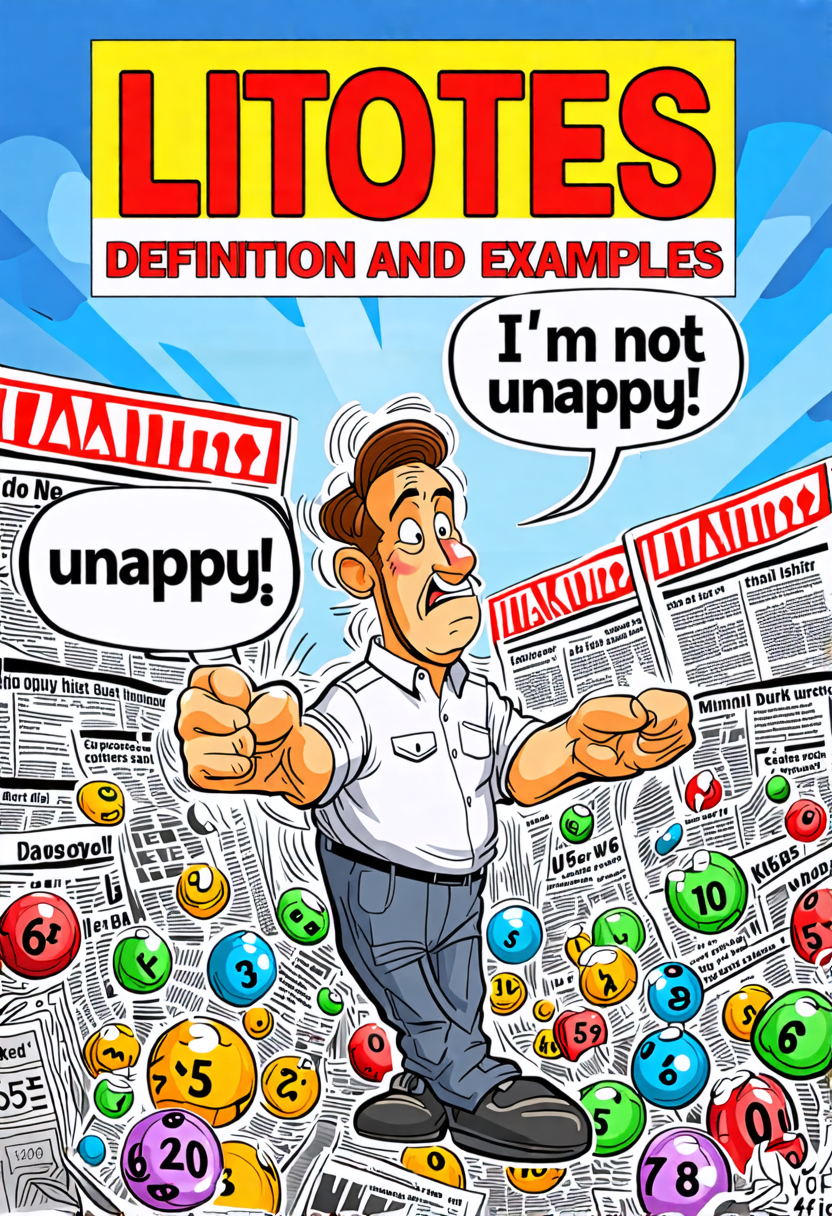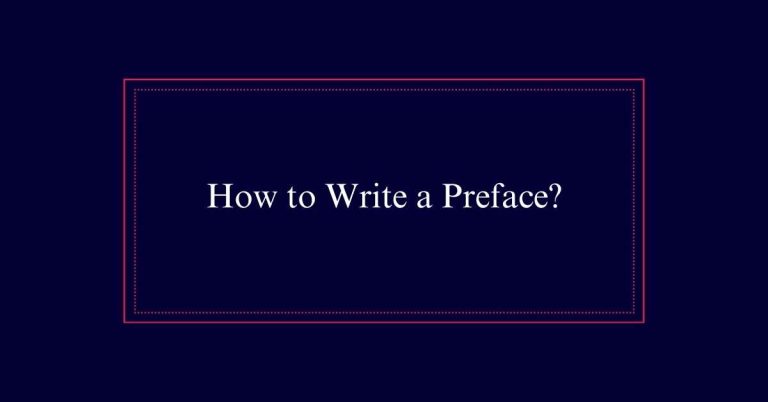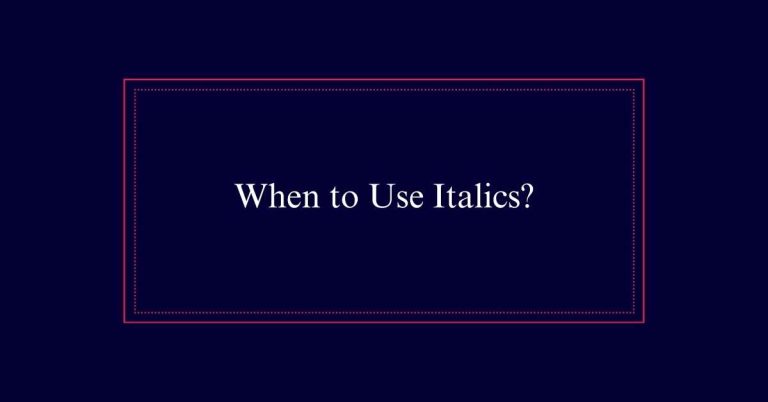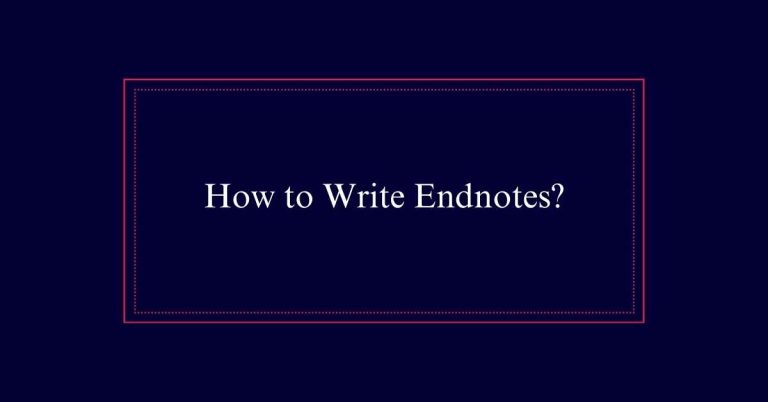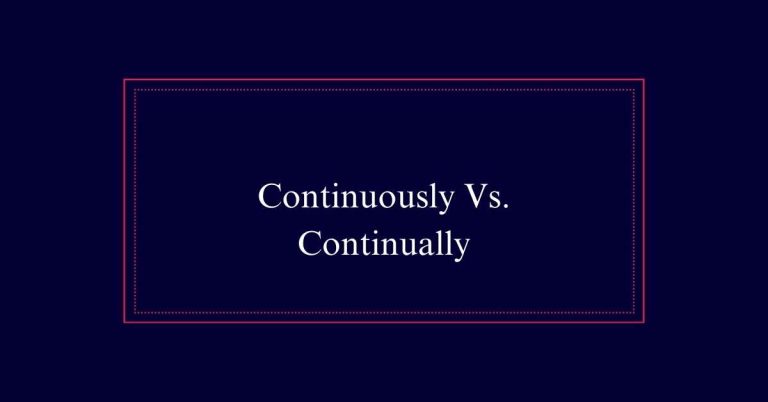Litotes: Definition and Examples
Litotes is a rhetorical device that emphasizes a point by denying its opposite, often creating an understatement. It uses negation to express a positive meaning subtly. For example, instead of saying “very good,” one might say “not bad.” This technique adds depth, modesty, and sometimes humor to writing and speech.
It contrasts with hyperbole, which exaggerates to an extreme. Examples of litotes appear in classic and modern literature, such as Shakespeare’s “Julius Caesar” and Rowling’s “Harry Potter” series.
Understanding Litotes
Understanding litotes requires recognizing how they affirm by denying the opposite. This rhetorical device uses negation to express a positive statement.
For example, saying ‘You can’t say I didn’t warn you’ implies that a warning was indeed given. Similarly, ‘That wasn’t half bad’ means something was quite good.
Litotes are a form of understatement, often used to downplay a situation while still conveying a meaning. They rely on the inclusion of negatives to function properly.
Affirmation Through Negation
Affirmation through negation involves asserting a positive idea by denying its opposite. By using litotes, writers can subtly emphasize a point while maintaining an understated tone. This technique is both elegant and effective in conveying meaning. For example, saying ‘not bad’ to mean ‘good’ allows the speaker to affirm without overt enthusiasm.
Key characteristics include:
- Subtlety: Offers a nuanced way to express affirmation.
- Understatement: Emphasizes by downplaying the statement.
- Negation: Always involves a negative construction.
- Contextual Clarity: The surrounding context makes the meaning clear.
- Contrasts: Highlights the contrast between the negative and the unspoken positive.
Litotes in Everyday Speech
In everyday speech, litotes subtly convey positive meanings through understated expressions. For instance, when someone says, ‘It’s not bad,’ they mean it is actually good. Phrases like ‘It’s not rocket science’ imply that something is easy. Similarly, ‘He’s not as young as he used to be’ means someone is old.
These expressions use negation to soften the statement, making them less direct. Other common examples include ‘I wouldn’t say no,’ which indicates a willingness, and ‘Not my favorite,‘ implying dislike.
Rules for Using Litotes
When employing litotes, it is crucial to incorporate a negative element to achieve the desired understatement. This technique relies on negating the opposite of what one intends to affirm, creating a subtle, nuanced expression.
To effectively use litotes, consider the following rules:
- Include a negative: Always incorporate a negation to form the litote.
- Context matters: Make sure the context makes the understatement clear.
- Use sparingly: Overuse can dilute its impact.
- Match tone: Ensure the litote fits the tone of the overall message.
- Avoid confusion: Confirm the audience can easily infer the intended meaning.
Litotes as Understatement
Litotes can add depth and complexity to descriptions, making the writing more engaging and sophisticated. By employing negation, litotes offer a contrast to hyperbole, which exaggerates. Therefore, litotes can create understatement, making statements less direct and more thoughtful. This can be particularly useful in maintaining politeness or softening criticism.
Litotes serve as a powerful tool for creating understatement in writing. These phrases affirm something by denying its opposite, often producing a subtle, nuanced effect. For example, saying ‘That wasn’t half bad’ means something was quite good, but the statement downplays the positivity. This technique allows writers to convey a positive message indirectly, adding layers of meaning.
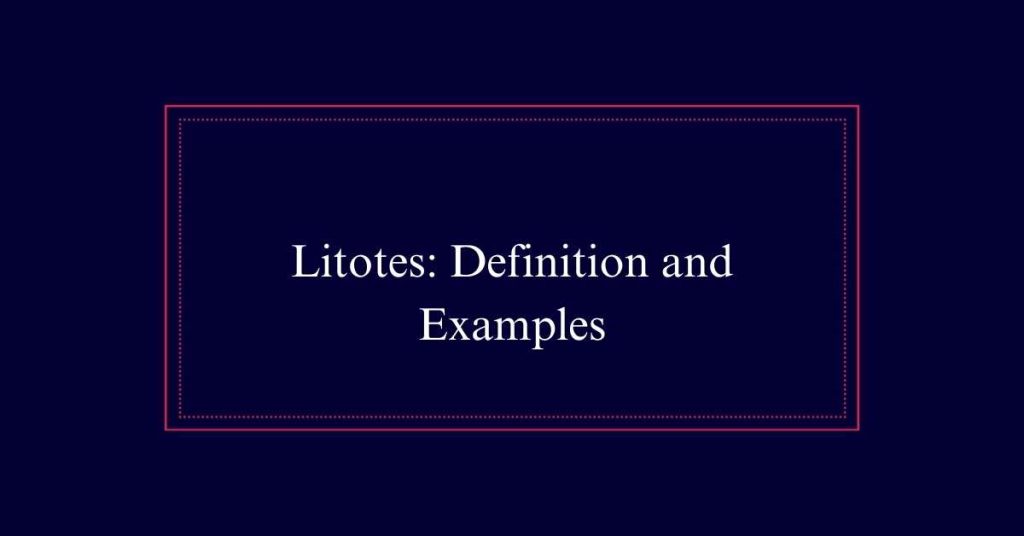
Litotes in Rhetoric
Employing litotes in rhetoric can enhance the persuasive power of writing by introducing subtlety and nuance. This literary device allows speakers and writers to convey affirmation through negation, creating a layered and sophisticated form of expression. By underplaying a statement, litotes can make arguments more relatable and inclusive to the audience.
Key advantages of using litotes in rhetoric include:
- Subtle Persuasion: Engages the audience without overtly pushing a viewpoint.
- Nuanced Communication: Adds depth to statements, making them more intriguing.
- Relatability: Makes the speaker appear more humble and relatable.
- Inclusivity: Encourages the audience to read between the lines, fostering engagement.
- Balanced Tone: Prevents statements from sounding too extreme, maintaining a moderate tone.
Emphasis With Litotes
By subtly downplaying a statement, litotes can effectively highlight the contrast between two extremes. This literary device uses negation to underscore a point, making the intended message more impactful.
For instance, saying ‘not bad’ to describe something excellent draws attention to the disparity between mere adequacy and true quality. Similarly, ‘he’s not as young as he used to be’ emphasizes aging without stating it outright.
Litotes serve to accentuate differences in a nuanced manner. They create emphasis by denying the opposite, thereby making the positive aspect more pronounced.
Litotes for Avoidance
Writers often use litotes to tactfully avoid expressing their true feelings. This technique allows authors to soften statements, making them less direct and more palatable. By using negation to imply a positive, writers can address sensitive topics without causing offense. This subtlety can be especially useful in diplomatic language, where maintaining harmony is essential.
Litotes for avoidance can serve several purposes:
- Euphemism: Softening harsh realities.
- Politeness: Reducing the impact of criticism.
- Diplomacy: Addressing sensitive issues tactfully.
- Humor: Adding a layer of irony or wit.
- Ambiguity: Leaving statements open to interpretation.
Litotes Vs. Hyperbole
While litotes provide a subtle means of understatement, hyperbole achieves emphasis through bold exaggeration. Litotes use negation to affirm a positive statement indirectly, as seen in phrases like ‘not bad,’ meaning ‘good.’
Conversely, hyperbole amplifies reality to an extreme degree, such as saying ‘I’m so hungry I could eat a horse.’
The key difference lies in their approach: litotes downplay the situation, while hyperbole magnifies it. Both are effective rhetorical devices but serve distinct purposes. Litotes are often used to convey modesty or restraint, making a statement less forceful.
Hyperbole, on the other hand, is employed to create a strong emotional response or to highlight the intensity of a situation. Understanding both enhances nuanced and impactful communication.
Examples of Litotes
Litotes frequently appear in everyday language, often subtly affirming positive statements through negation. They provide a nuanced way to convey meaning without overtly stating the obvious.
Here are some common examples of litotes:
- ‘It’s not bad’ (meaning it’s good)
- ‘It’s not rocket science’ (meaning it’s easy)
- ‘He’s not as young as he used to be’ (meaning he’s old)
- I wouldn’t say no’ (meaning you would say yes)
- ‘Not my favorite’ (meaning you don’t like it)
